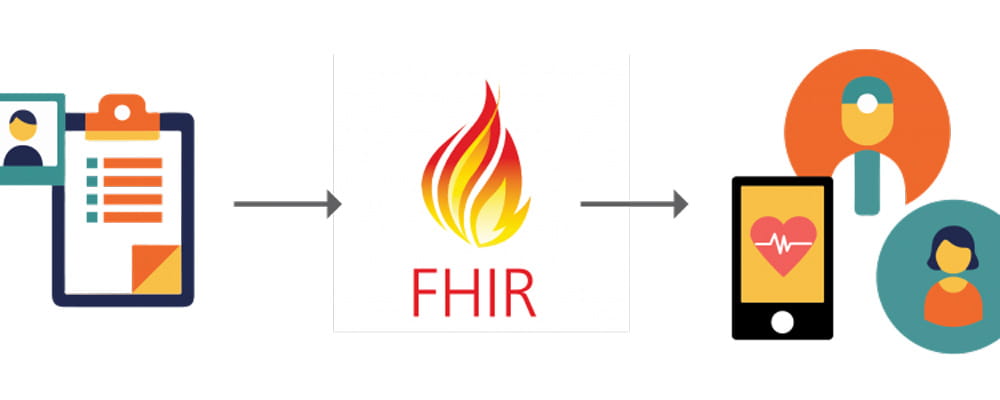What is Clinical Data Integration in Software?
Clinical data integration connects EHR data to software. Through mechanisms like FHIR, EHR data can be pulled into custom research software, and data can be pushed from the software to an EHR. From studying clinical support applications to building risk models, clinical data integration allows for real patient data to be leveraged in research software.

Fast Healthcare Interoperability Resources (FHIR) is a standard describing data formats and elements and an application programming interface (API) for exchanging electronic health records (EHR).
How does clinical data integration in software improve research?
Clinical data integration in software allows EHRs to “speak” with third-party applications using a common exchange standard to unlock the data stored within them. Researchers can develop software applications that use this data to enable new discoveries and improve health outcomes.
Purpose
Exploration
Enable new discoveries and improved health
Engage
Engage patients in the research process
Analyze
Combine data sets to facilitate analysis
Test
Validate research findings
RIT's approach

Gather
Initially, College of Medicine Research Information Technology gathers needs of the researcher and works to map needs to accessible clinical data. We can handle pushing data into and pulling data out of the EHR, while working within the regulations those sensitive operations entail.

Iterate
Our team iteratively and securely builds software to integrate with the EHR. Because we can translate the conceptual requirements of the researcher into technical requirements, we can communicate across The Ohio State University Wexner Medical Center teams to facilitate timelines, testing and deployments.

Refine
While working through iterations, our team leverages findings to confidently push the project forward faster through unknowns. Though every project has unique requirements, we continuously apply our past experience to new challenges.
